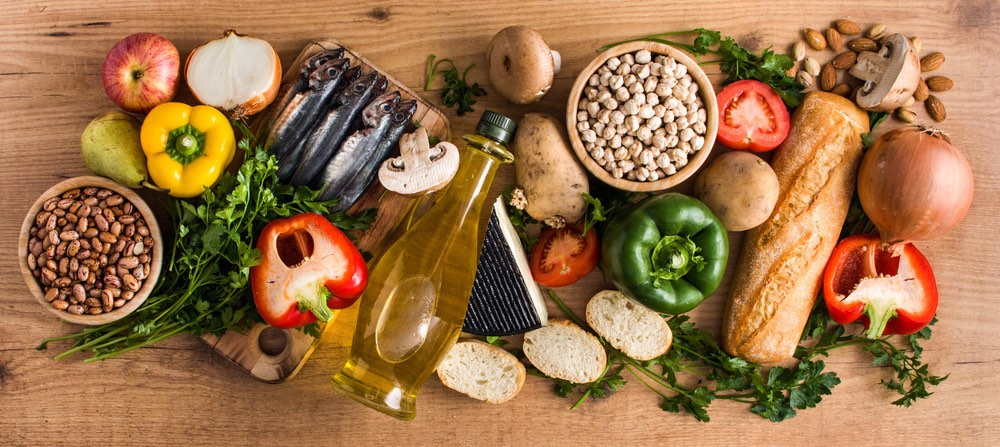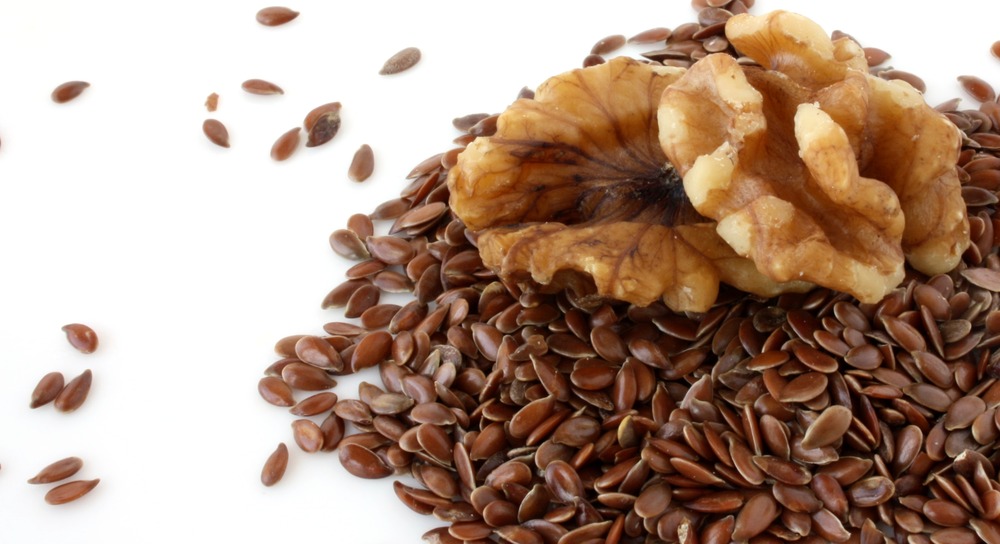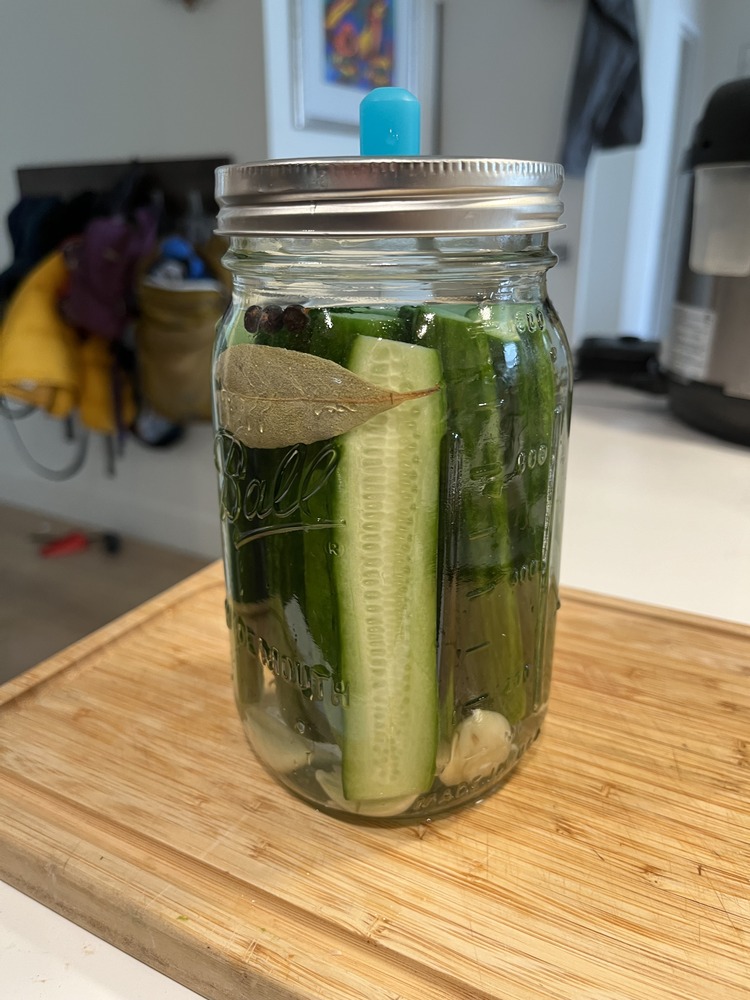An anti-inflammatory diet can be a transformative step toward healing and health.
Changing your diet can lead to many health benefits including alleviating joint pain, reducing the risk of heart disease, improving digestion, better looking skin, and possibly lowering the chances of certain cancers.
The principles of this diet are simple—focus on whole, nutrient-dense foods that are high in antioxidants, phytochemicals, and omega-3 fatty acids while minimizing processed foods, sugars, and saturated fats.
As a doctor of acupuncture, I have witnessed firsthand the profound effects that an anti-inflammatory diet has had in my patients, improving both their physical well-being and emotional state. Eating this way removes the roadblocks to your body’s ability to heal itself.
In this blog post I will discuss both the science behind anti-inflammatory diets as well as the how to incorporate them into our busy lives.
Disclaimer: This blog post is for educational purposes only and does not constitute medical advice. Always seek the advice of your physician, a licensed acupuncturist, or other qualified health provider with any questions you may have regarding a medical condition or treatment.

- 1 The Science Behind the Anti-Inflammatory Diet
- 2 The Principles of an Anti-Inflammatory Diet
- 3 Anti-Inflammatory Diet Everyday Quick Guide:
- 4 Glycemic Index and Inflammation
- 5 High Fiber Foods
- 6 A Deep Dive into The Importance of Omega-3 and Omega-6 Balance
- 7 Chinese Medicine Nutrition
- 8 Embracing an Anti-Inflammatory Diet for a Healthier Life
The Science Behind the Anti-Inflammatory Diet
Inflammation is often heard in a negative light, as it’s associated with a host of chronic diseases. However, inflammation is not inherently bad; it’s the body’s natural response to injury and infection, a crucial part of the healing process. The problem arises when inflammation becomes chronic, creating a persistent, low-grade immune response that can inflict damage over time. This is where the anti-inflammatory diet comes in.
Chronic inflammation has been linked to atherosclerosis, obesity, type 2 diabetes, rheumatoid arthritis, inflammatory skin conditions, acne, and even neurodegenerative diseases like Alzheimer’s. We now see that diet plays a significant role in the development and exacerbation of chronic inflammation.
A diet can induce inflammation through imbalances in fatty acids, excess consumption of harmful nutrients (like sugar and trans fats), and deficiencies in healthy nutrients (like fiber and antioxidants).
Factors as associated with inflammation in the diet include-
High Saturated and Trans Fats: Diets high in saturated and trans fats, often found in processed and fried foods, can trigger fat tissue inflammation. This type of inflammation can promote the development of diseases.
Refined Carbohydrates and Excess Sugar: High sugar intake, especially in sugary beverages, sweets, and refined carbohydrates, can drive insulin resistance, obesity, and inflammation.
Low Fiber Intake: Fiber is essential for gut health. A diet low in fiber can lead to an imbalance in the gut microbiota, which may cause inflammation.
High Omega-6 Fatty Acids: While omega-6 fatty acids are essential, an imbalance between omega-6 and omega-3 fatty acids can lead to the production of pro-inflammatory chemicals.
Excessive Alcohol: Regular high consumption of alcohol can disrupt the balance of bacteria in the gut and impair the gut barrier, leading to a state of chronic inflammation.
Food Additives: Some food additives found in processed foods can disrupt the gut microbiome and increase gut permeability, potentially leading to inflammation.
Lack of Antioxidants and Phytonutrients: Diets low in fruits, vegetables, and whole grains, which are rich in antioxidants and phytonutrients, can reduce the body’s ability to combat oxidative stress, leading to inflammatory responses.
Studies have shown that dietary changes reduce inflammatory chemicals in the blood, underscoring diet’s central role in modulating inflammation. (1) Unfortunately, our society has created a nutritional situation where so many of our commonly eaten foods are pro-inflammatory.
The good news is that it’s pretty easy for you to change that for you and your family.
The Principles of an Anti-Inflammatory Diet
Anti-Inflammatory diets are very simple and generally follow a few simple guidelines.
- Emphasis on Whole foods
- Balance Omega-3 and Omega-6 fatty acid ratios
- Reduce processed foods and added sugars
Emphasis on Whole Foods
The anti-inflammatory diet focuses on whole foods. These foods are minimally processed and close to their natural state. Whole foods are packed with essential vitamins, minerals, and phytonutrients necessary for optimal health.
Many whole foods such as brown rice, quinoa, buckwheat, and veggies and fruits have lots of fiber. Fiber will slow the absorption of sugars, lowering the sugar spike in the blood, one of the major causes of inflammation.
Whole foods are also full of antioxidants that combat free radicals, unstable molecules that can cause cellular damage and inflammation. A general rule of thumb is that a colorful plate is often a plate rich in antioxidants. This means incorporating a variety of fruits and vegetables.
Additionally, many herbs and spices, like parsley, turmeric, and ginger, are not only flavorful additions to dishes but also potent sources of anti-inflammatory compounds.

Balancing Omega-3 and Omega-6 Fatty Acids
The ratio between omega-6 to omega-3 fatty acids in the diet is an important factor for reducing chronic illness. Historically, human diets had a ratio of approximately 1:1. However, in today’s Western diets, this ratio has shifted dramatically to approximately 15:1, leaning heavily toward omega-6s. (2) This is because Omega-6 fatty acids are found in many processed foods and vegetable oils.
Eating more foods with Omega-3, such as fatty fish, walnuts, chia seeds, and flaxseeds, will help to decrease the omega-6/3 ratio to a healthier level.
Reduce or Eliminate Processed Foods
Processed foods often contain elements that promote inflammation including hidden sugars and trans fats. These foods are inflammatory agents and are one easy way to eat healthier.
Anti-Inflammatory Diet Everyday Quick Guide:

Do’s
- Incorporate Omega-3 Fatty Acids: Eat fatty fish like salmon, mackerel, and sardines.Add flaxseeds, chia seeds, and walnuts to your diet. Mix in flax seed oil with your olive oil for dressing salads and cooked vegetables.
- Choose Whole foods without additives: Opt for whole foods which are unrefined and made without additives.
- Eat Plenty of Fruits and Vegetables: Focus on a variety of colors to ensure a range of antioxidants. Include berries, leafy greens, and cruciferous veggies like broccoli.
- Use Healthy Fats: Cook with olive oil or avocado oil. Snack on nuts and seeds.
- Include Herbs and Spices: Turmeric, ginger, garlic, parsley, not only add flavor but also have anti-inflammatory properties.
Don’ts:
- Avoid Sugary Foods and Beverages
- Avoid processed foods
- Limit red meat and avoid processed meats entirely
- Stay away from trans fats
- Cut Down on Refined Carbohydrates
- Minimize Dairy: For some, dairy can be inflammatory; consider plant-based alternatives.
- Avoid Artificial Additives: Colorants, preservatives, and flavor enhancers can trigger inflammation in some people.

Glycemic Index and Inflammation
The glycemic index (GI) of foods both relate to the way carbohydrates affect blood sugar and insulin levels, which can, in turn, influence inflammation.
The glycemic index is a scale that ranks carbohydrates on how quickly they are digested and raise blood glucose levels after eating. Foods with a high GI are rapidly digested and absorbed, causing a rapid rise in blood sugar, whereas foods with a low GI are digested and absorbed more slowly, leading to a gradual rise in blood sugar levels.
High GI foods include processed foods, white bread, and sugary drinks. Low GI foods include most fruits, non-starchy vegetables, legumes, and whole grains.
Impact on Inflammation
High-GI foods cause rapid spikes in blood sugar and insulin levels. High levels of insulin can stimulate the production of pro-inflammatory chemicals and increase oxidative stress, contributing to the inflammatory process.
Diets that focus on low-GI foods are associated with lower levels of C-reactive protein (CRP), a marker of inflammation in the body. By maintaining a stable blood sugar level, these diets can help to mitigate the inflammatory response.
High Fiber Foods
Incorporating fiber-rich foods into an anti-inflammatory diet can play an important role in managing inflammation in the body. Here’s a list of fiber-rich foods that can be beneficial for an anti-inflammatory diet:
- Whole Grains: Quinoa, farro, whole grain pasta oats, kasha, brown rice
- Leafy Greens: Kale, collard greens, arugula
- Berries: Blackberries, raspberries, elderberries
- Nuts and Seeds: Flaxseeds, pumpkin seeds, almonds
- Legumes: All beans including black beans, garbanzo beans, lentils, etc.
- Cruciferous Vegetables: Broccoli, cauliflower, cabbage
- Root Vegetables: Turnips, sweet potatoes, parsnip, daikon radish
- Fruits: Plums, peaches, nectarines
A Deep Dive into The Importance of Omega-3 and Omega-6 Balance
Omega-3 and omega-6 fatty acids are types of polyunsaturated fats that are essential to the human diet because the body cannot synthesize them. They are precursors to bioactive lipid mediators that are involved in the regulation of inflammation. The balance between these fatty acids is important for maintaining health, particularly in the regulation of inflammation.
As we discussed before, the human diet had historically had a ratio of approximately 1:1 Omega6/3 ratio. However, in today’s Western diets, this ratio has become substantially in favor of omega-6’s with a ratio of approximately 15:1.
Omega-6 fatty acids are precursors to arachidonic acid (AA), which is metabolized into pro-inflammatory chemicals, such as prostaglandins and leukotrienes, by enzymes such as cyclooxygenases (COX) and lipoxygenases (LOX). These chemicals are involved in the acute inflammation process which can also cause chronic inflammation when produced in excess.
One of the main reasons the levels of omega-3 in the diet are important is for competitive inhibition of the formation of AA. EPA competes with AA for the same enzymes (COX and LOX), and when it is metabolized, it results in the production of eicosanoids that are generally less inflammatory than those produced from AA.
Additionally, Omega-3 fatty acids can be converted into anti-inflammatory and inflammation-resolving chemicals. These mediators help to limit and resolve the inflammatory response.
Chinese Medicine Nutrition
Chinese medicine has recognized the importance of nutrition for thousands of years. In Traditional Chinese Medicine nutrition, foods are categorized not just by their nutritional content, but also by their energetic qualities, like temperature (cooling or warming) and their specific taste.
Chinese medicine nutrition is naturally aligned with an anti-inflammatory diet. Cooling foods which have an anti-inflammatory effect, such as leafy greens, berries, and an array of spices are emphasized. Conversely, foods that create heat and dampness in the body, such as greasy fried foods, dairy products, excessive red meat, spicy foods, and alcohol, are minimized.
The diet also stresses the importance of eating in harmony with the seasons such as warming foods in the winter and cooling foods in the summer.
Embracing an Anti-Inflammatory Diet for a Healthier Life
Incorporating the anti-inflammatory principles into one’s life does not require a radical overnight change but rather slower changes over time. Try incorporating a handful of nuts over processed snacks, integrating herbs and spices with health-promoting properties into your cooking, or setting aside time for eating with your friends and family. Each of these small decisions can have a significant impact on your inflammatory status and overall health. As we implement these principles, we are not just warding off disease; we are taking proactive steps toward a richer, more vibrant experience of life.
- Patel, D., Evanchuk, J., Wang, R., Dunbar, C. L., Munhoz, J., & Field, C. J. (2023). Regulation of immune function in healthy adults: one-stop guide on the role of dietary fatty acids, gut microbiota-derived short chain fatty acids, and select micronutrients in combination with physical activity. Appl Physiol Nutr Metab, 48(8), 554-568. doi:10.1139/apnm-2022-0456.
- Simopoulos, A. P. (2008). The importance of the omega-6/omega-3 fatty acid ratio in cardiovascular disease and other chronic diseases. Exp Biol Med (Maywood), 233(6), 674-688. doi:10.3181/0711-MR-311



